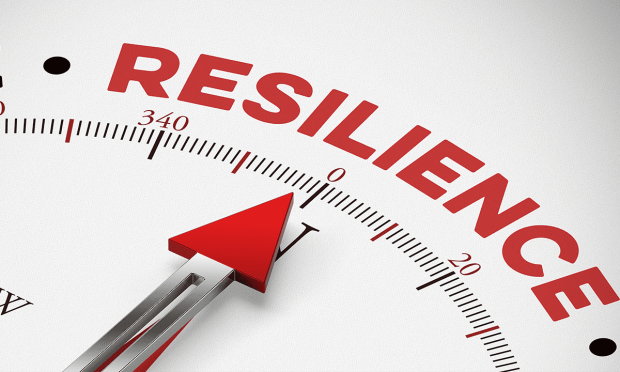What if There was a Way to Unlock Some of Luxury Retail’s Resilience?

Like models strutting down the catwalk one after the other, so too has the stream of strong sales results come lately from the world’s leading luxury retailers and brands.
In a veritable “Who’s Who” of high-end brands giving high-growth forecasts, the likes of LVMH, Hermes and Kering have all reported earnings this month that not only show that the world’s wealthy still has an appetite for luxury but that they also still have the means on hand to buy five-, ten- or twenty-thousand-dollar shoes, bags and gowns.
“For the moment, we don’t see any sign of slowdown in any of our markets,” Hermes Executive Vice President of Finance Eric du Halgouet said last week while noting his company’s plans to increase prices 5% to 10% at a time when most of the retail universe is slashing them to clear out unsold inventory.
Despite the economic, geopolitical and monetary uncertainties around the world, Hermes told investors, the company was looking to the future with confidence and confirming its ambitious goal for revenue growth, thanks in part to the loyalty of its customers.
Is it any wonder that What Goes Around Comes Around, the 30-year-old matriarch of secondhand luxury apparel and accessories sales, has decided now — on the cusp of recession — is the right time to expand its bicoastal footprint of physical stores to the entire world via the launch of its own storefront on Amazon luxury.
Luxury’s Secret Sauce
Putting aside their high prices, big-budget ad spends and premium products for a minute, the luxury retail category is every bit as competitive as the dollar store segment. Customers, rich or poor, still make choices at the point of sale, whether the purchase is being made online or in-store.
That said, if there is one thing luxury boutiques do well — their secret sauce so to speak — it would have to be the level of service they provide their customers and the feeling of satisfaction those consumers typically enjoy long after the purchase transaction has been completed.
If only you could bottle up that feel-good formula, like some industrial strength Chanel No. 5, and sprinkle it across the broader retail roster of chain stores and websites, the world would be yours.
The Retail Cure-All
The good news is one solution already exists and was found to work like magic on over 90% of consumers.
According to PYMNTS and Checkout.com’s new report, “Building A Better Online Checkout Experience: The Key Features That Matter To Customers,” a combined 91% of consumers surveyed said a positive checkout experience was either somewhat, very or extremely influential in their decision to return to a specific retailer or brand again.
Simply put, the study says, smooth checkouts win repeat customers.
“Friction during the critical final step of a purchase journey significantly influences shopper satisfaction and whether they return to eTailers for repeat purchases.”
Two-thirds of the consumers we surveyed said that satisfying checkout experiences were very or extremely influential on their decision to purchase from the merchant again, and another 24% said this was somewhat impactful, while just 9.1% said that a smooth checkout had little or no influence.
While there are 10 different paths that consumers consider part of smooth checkout, ranging from social media sign-in and price-matching to multifactor authentication and securely stored account data — all 10 of them had 90+ percent impact on overall satisfaction in the consumers that cited them.
The big takeaway, no matter what you’re selling and no matter what the price point, your odds of success go through the roof when you move your customers through the checkout process swiftly and easily.
Payment Method Matters
If retailers at the high end, low end or somewhere in the middle were still looking for that extra little nudge that could help boost their conversion rates, look no further than payment method. This is as PYMNTS research showed that while credit and debit still sop up almost 70% of transactions, that remaining 30% is highly appreciative, loyal and incentivized to buy when their particular payment method of choice is on the list, including gift cards, Venmo or BNPL.
In fact, some have argued that retailers that combine the speedy checkout functionality of the one-click buy button with the financial flexibility inherent in buy now pay later plans will reap the rewards at a time when no retail sale, at any price, can be taken for granted.
